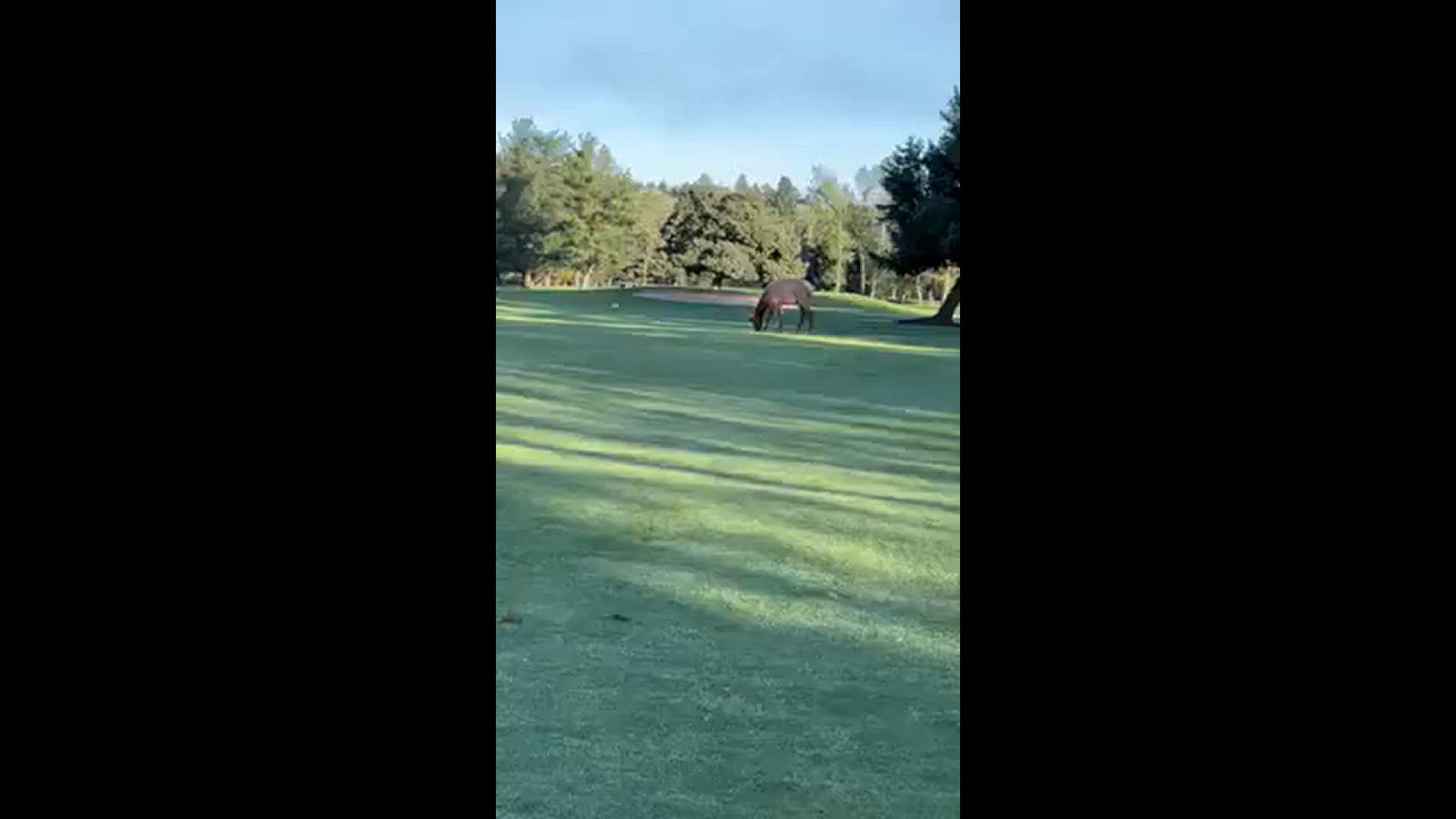IDAHO, USA — In 1948, Idaho Fish and Game executed, arguably, one of the most entertaining wildlife restoration efforts ever conducted - by parachuting beavers out of airplanes over remote land in central Idaho.
The famed flying rodents were part of an innovative solution to transfer beavers from overpopulated areas around the Gem State to an area where they were scarce, but would thrive.
Once again, Idaho Fish and Game (IDFG) is looking to the skies in an effort to reestablish and restore Idaho's beaver population; but the resemblance stops there. Instead, this time, IDFG is partnering with NASA, Boise State University (BSU) and Utah State University to monitor how the ecosystem is impacted by the reintroduction of beavers.
The study will primarily focus on Southeast Idaho and will determine habitats most favorable for the reintroduction the beavers. Through 2025, researchers will study beaver behavior and ecological conservation, according to IDFG.
NASA is contributing to the project by providing researchers the digital technology necessary to examine streams waterways, in order to predict which environments will best support beaver populations.
Data will be also collected on the outcome following reintroduction - the ways in which water and vegetation change once the beavers eventually return.
The Goal:
The goal is to retain water and increase vegetation along Southeast Idaho watershed to provide food sources for beavers and other wildlife.
Idaho's spring snowmelt also plays a role for the toothy dam-builders. Without any natural barriers to help retain some of water runoff, the season's snowmelt is free to flow straight down rivers and back out to the ocean, IDFG explained.
The Beaver:
Fish and Game said that in places where beavers build dams across streams and creeks, their work naturally disperses and retains water longer, thus supporting vegetation and creating better habitats.
The Team:
Fish and Game's Furbearer Staff Biologist Cory Mosby is one of the researchers spearheading the project.
According to NASA, the restoration project was conceptualized when scientists Jodi Brandt, associate professor of human-environment systems at BSU, and Nick Kolarik, BSU Ph.D. student, heard about a phenomenon dubbed “beaver fever” - while on a work assignment monitoring water for ranchers in Idaho.
Ranchers informed Brandt and Kolarik that they had seen a steep decline in the number of beavers seen on their property. They said the beavers had gone from being a nuisance to being sought out.
Brandt and Mosby, along with two Utah State University researchers who developed the Beaver Restoration Assessment Tool (BRAT), will help the Idaho Fish and Game survey miles of waterways over the next two years.
The study may not beaver-y entertaining. But researchers are hopeful it will prove effective and help the furry fellas flourish.
Watch more Local News:
See the latest news from around the Treasure Valley and the Gem State in our YouTube playlist:
HERE ARE MORE WAYS TO GET NEWS FROM KTVB:
Download the KTVB News Mobile App
Apple iOS: Click here to download
Google Play: Click here to download
Stream Live for FREE on ROKU: Add the channel from the ROKU store or by searching 'KTVB'.
Stream Live for FREE on FIRE TV: Search ‘KTVB’ and click ‘Get’ to download.



